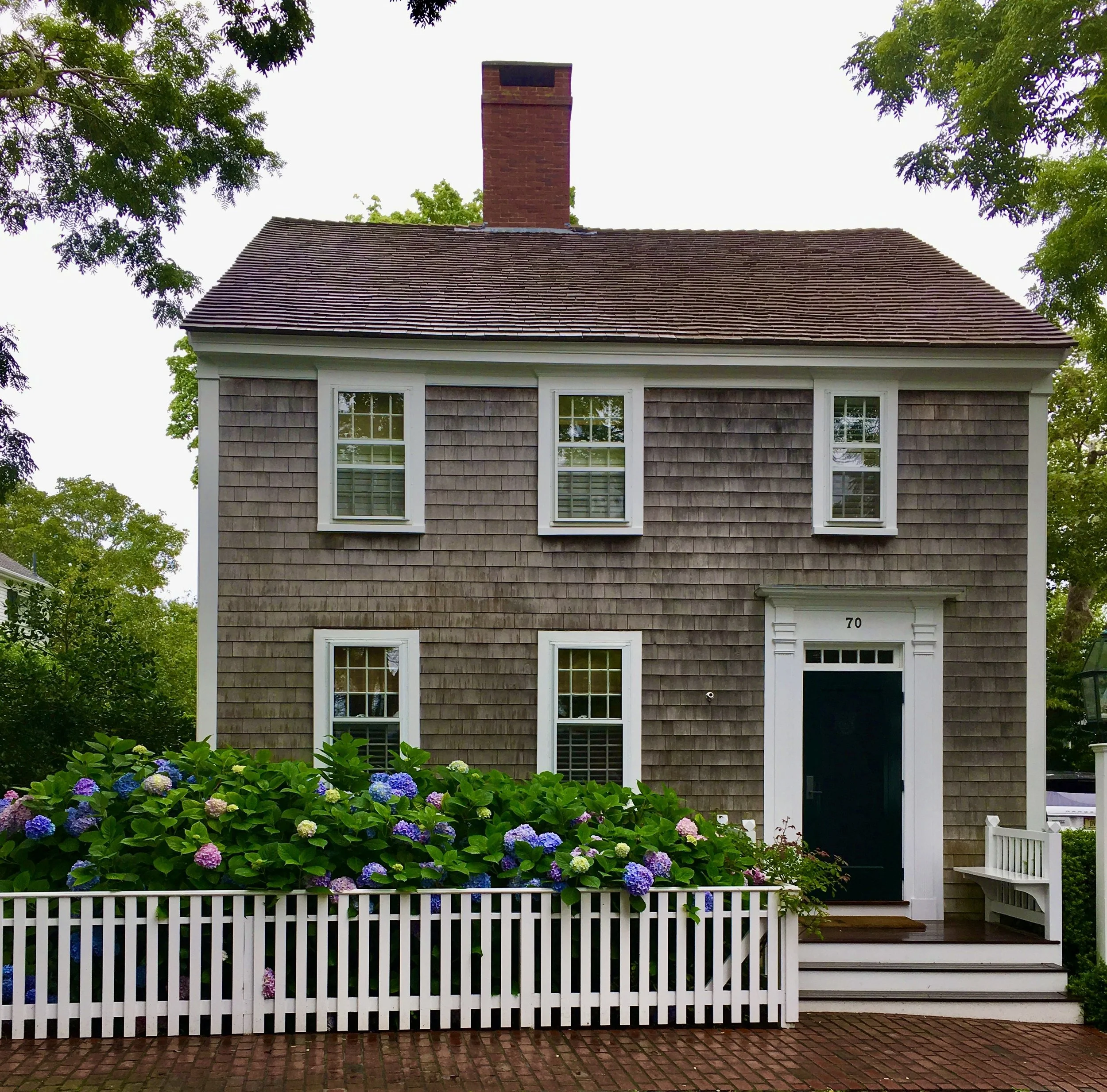Setting: Your Novel's Essential Character
by Elizabeth Solar
Think of novels in which setting has made an indelible impression, transcended place and time to become anthropomorphic. The ghostly desolation of a post-apocalyptic world in Cormac McCarthy’s The Road, the wild North Carolina marshes of Delia Owen’s Where the Crawdads Sing, or the quaintness/claustrophobia of small-town Maine, home to Elizabeth Strout’s Olive Kittridge. Setting is often a prominent character in some of our favorite novels, film and television.
Choice of setting provides context to our stories through geographical, cultural, social and temporal environments. Setting best enhances plot when it grounds the story in reality, and provides the reader with not just a backdrop, but also a reflection or contrast to the action, character, mood and voice. Sometimes setting influences plot. Certain events are likely to take place in specific places. Note: A surfer dude will most likely hang ten in Hawaii. Nevada, not so much.
Set in two different time periods, my story features a duality of geography, character and culture. In the earlier timeframe my protagonist is barely out of her teens. Anyone who has spent time with a teen or early twenty-something understands their frontal lobe - how can I say this? -- has not reached its potential. This leads to poor decision-making, and a distinct lack of inner monologue. A number of moves during a traumatic childhood contributes to how she interacts with the world. While location and life may change years later, she finds personal change is trickier.
This week, I journeyed back to the place that inspired my novel, the place where my protagonist’s younger self resides. She returns after a decade living a completely different life in another region of the country. Her arrival finds her older, but not much wiser. Over a short period of time the landmarks, climate and culture as much as her own desires and interactions form the foundation for what her future may hold. In this way our characters evolve/devolve through the passage of time, and change of address, not to mention the sights, sounds and tastes of a locale.
With my manuscript complete, I wanted to research my primary setting further to capture the specifics of place and mood to ground the story in a world that feels authentic. The secondary setting is familiar territory, helping me inhabit and share that world – right down to local dialects and hangouts -- more easily.
A few tips to create and enhance setting:
If it’s set in the real world, research it. If you can’t do an actual site visit, Google is a great resource, as are archival newspapers and your local library.
2. Use setting to create atmosphere. Climate, time of day, terrain, era all influence plot.
3. Employ all your senses: The taste of ocean water on the lips, crunch of autumn leaves.
4. Discover how setting ignites, or contributes to conflict. Reveals/obscures character?
5. What’s in a name? What might they describe/reveal or hold power?
6. Details. Specificity unveils both physical and emotional truths. Even in world-building for fantasy or speculative fiction – think Tolkien, Rowling, Atwood -- your world needs to feel lived in.
My intent for this journey was to fine-tune a revision, familiarize myself with an area to create a world beyond mere description, and act as a literary anthropologist. Turns out, the trip also renewed joy and vitality in both my writing and personal life. Inspired by the landscape, and real live ‘characters’ who graced me with their stories, I have developed a deeper kinship with this land of enchantment, and a greater appreciation for a well-mixed margarita.
.





